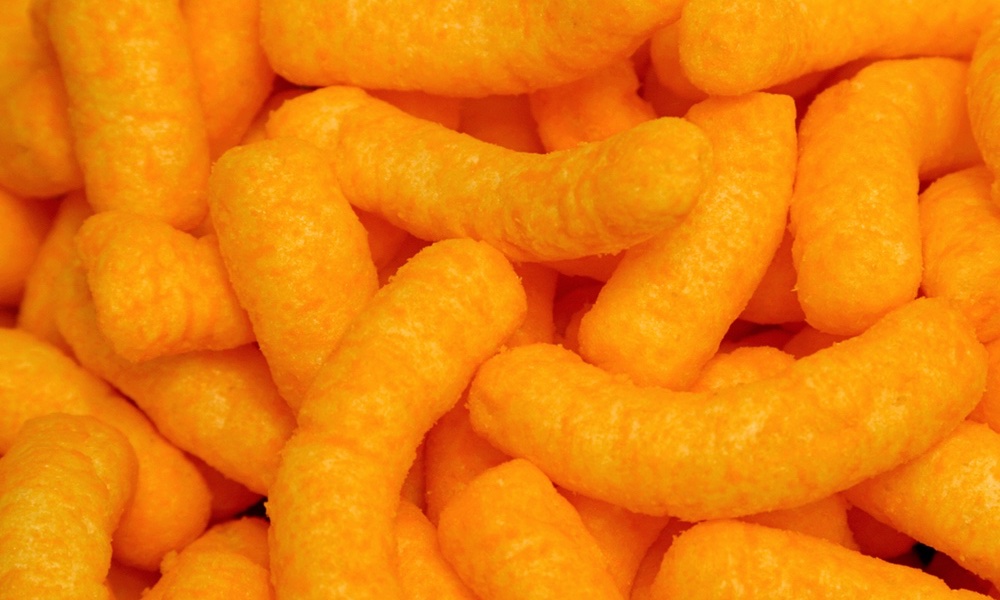There are currently no treatments for prion diseases, brain-wasting diseases that are invariably fatal. The most common human prion disease is Creutzfeldt-Jakob disease (CJD), better known as mad cow disease.
Researchers at NYU School of Medicine recently took a key step in developing an effective treatment. They found four compounds that significantly delayed disease onset in mice. Because prion diseases are extremely slow to develop, any treatment that delays their initial symptoms long enough could potentially be life saving. And two of these anti-prion compounds are drugs already used to treat other conditions in humans, meaning that clinical trials of them may soon be underway.
The two drugs are trimipramine, an antidepressant, and fluphenazine, an antipsychotic.
Because prion diseases are extremely slow to develop, any treatment that delays their initial symptoms long enough could potentially be life saving.
Prions are misfolded proteins that can produce infection and disease by eventually causing normal proteins to also misfold. Over time, once enough misfolded proteins accumulate, brain degeneration occurs. The incubation time (from infection to disease symptom appearance) is very long, anywhere from several months to decades.
While little is currently known about treating prion diseases, they may ultimately prove simpler to treat than bacterial infections. To cure a bacterial infection, all the bacteria must be killed. To effectively treat a prion disease, it may be enough to simply slow down the rate of prion growth, turning what's already a long process into a longer one that will not produce disease in a person's lifetime. The current study results are a step in that direction.
The researchers tested 68 related compounds known as styryl-based compounds, as well as trimipramine and fluphenazine, for their ability to prevent prion infections in mouse cell cultures and for toxicity. Both drugs and two of the styryl compounds, numbers 231 and 59, showed good effectiveness and were non-toxic. The researchers then tested these four compounds in mice that had been experimentally infected with prions.
Infected mice treated with any of the four compounds took 20-25% longer before displaying disease symptoms, with compound 231 giving the best results. And one mouse treated with trimipramine survived for the entire 400 day study, showing no disease symptoms or prion accumulation in the brain.
The researchers hope that tests of trimipramine and fluphenazine in people with CJD will begin soon.
An article on the study was published by PLoS ONE and is freely available. To see it, click here.




